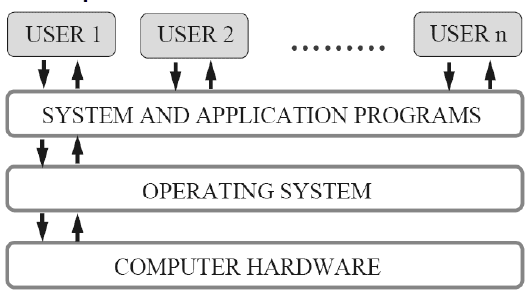Sampling
Sampling is a fundamental concept in signal processing, especially in the context of converting analog signals into digital form for processing, analysis, and storage. Here’s an overview of sampling, its principles, and its importance in digital signal processing:
Principles
of Sampling
- Analog Signals:
- Continuous:
Analog signals vary smoothly over time and can take any value within a
continuous range of amplitudes.
- Digital Signals:
- Discrete:
Digital signals are represented by a sequence of discrete values
(samples) at specific points in time.
- Sampling:
- Process:
Sampling involves measuring the amplitude of an analog signal at regular
intervals of time.
- Result:
Each measurement produces a sample, which is a discrete representation of
the analog signal's amplitude at that point in time.
Nyquist-Shannon
Sampling Theorem
The Nyquist-Shannon Sampling Theorem
establishes the minimum sampling rate required to accurately reconstruct a
continuous analog signal from its samples in the digital domain:
- Theorem:
To avoid aliasing and accurately reconstruct an analog signal, the
sampling rate fsf_sfs must be at least twice the highest frequency
fmaxf_{\text{max}}fmax present in the analog signal:
fs≥2⋅fmaxf_s \geq 2 \cdot f_{\text{max}}fs≥2⋅fmax
- Aliasing:
If the sampling rate is too low relative to the signal's frequency
content, high-frequency components can be improperly represented as lower
frequencies, leading to aliasing.
Key
Sampling Parameters
- Sampling Rate (fsf_sfs):
- Definition:
The number of samples taken per unit of time (usually in samples per
second or Hertz, Hz).
- Implications:
Higher sampling rates capture more detail and higher frequencies but
require more data storage and processing power.
- Nyquist Frequency (fNyquistf_{\text{Nyquist}}fNyquist):
- Definition:
Half of the sampling rate (fNyquist=fs2f_{\text{Nyquist}} =
\frac{f_s}{2}fNyquist=2fs).
- Role:
Represents the maximum frequency that can be accurately represented
without aliasing.
- Bandwidth:
- Definition:
The range of frequencies that a system can accurately process.
- Determined by:
The sampling rate fsf_sfs and the Nyquist frequency
fNyquistf_{\text{Nyquist}}fNyquist.
Types
of Sampling
- Uniform Sampling:
- Regular Intervals: Samples are taken at evenly spaced time intervals.
- Common:
Used in most digital signal processing applications.
- Non-Uniform Sampling:
- Irregular Intervals: Samples are taken at non-constant time intervals.
- Applications:
Used in specialized applications where data points are not equally spaced
in time (e.g., radar signal processing).
Sampling
Techniques
- Impulse Sampling:
- Idealized Method: Samples are taken instantaneously at specific points
in time.
- Theoretical:
Conceptually useful for understanding sampling principles.
- Natural Sampling (Pulse Amplitude Modulation - PAM):
- Sampling at Pulse Edges: Samples are taken at the start or end of a pulse.
- Implementation:
Used in early analog-to-digital conversion techniques.
- Flat-Top Sampling (Flat-Top PAM):
- Sampling at Peak Values: Samples are taken at the peak values of the signal.
- Applications:
Used in specialized measurement applications for accurate amplitude
determination.
Applications
of Sampling
- Digital Signal Processing (DSP):
- Conversion:
Analog-to-digital conversion for processing and analysis.
- Efficiency:
Enables efficient manipulation of signals in various applications (e.g.,
audio, video, telecommunications).
- Telecommunications:
- Data Transmission: Facilitates the transmission of digital data over
communication channels.
- Bandwidth Optimization: Ensures efficient use of bandwidth by converting
analog signals into digital form.
- Scientific Measurement:
- Data Acquisition: Enables precise measurement and analysis of physical
phenomena using digital sensors.
- Accuracy:
Provides accurate representation and recording of data in scientific
experiments.
- Medical Diagnostics:
- Biomedical Signals: Facilitates the monitoring and analysis of
physiological signals (e.g., ECG, EEG) for diagnostic purposes.
- Patient Monitoring: Ensures continuous and accurate monitoring of patient
health metrics.
- Consumer Electronics:
- Digital Audio/Video: Enables recording, playback, and processing of
multimedia content (e.g., music, videos, images).
- Quality:
Ensures high-quality reproduction and transmission of multimedia content.
Sampling is foundational to the
digital representation of analog signals, enabling the efficient processing,
transmission, and analysis of data across diverse applications in technology,
science, and everyday life.



Comments
Post a Comment